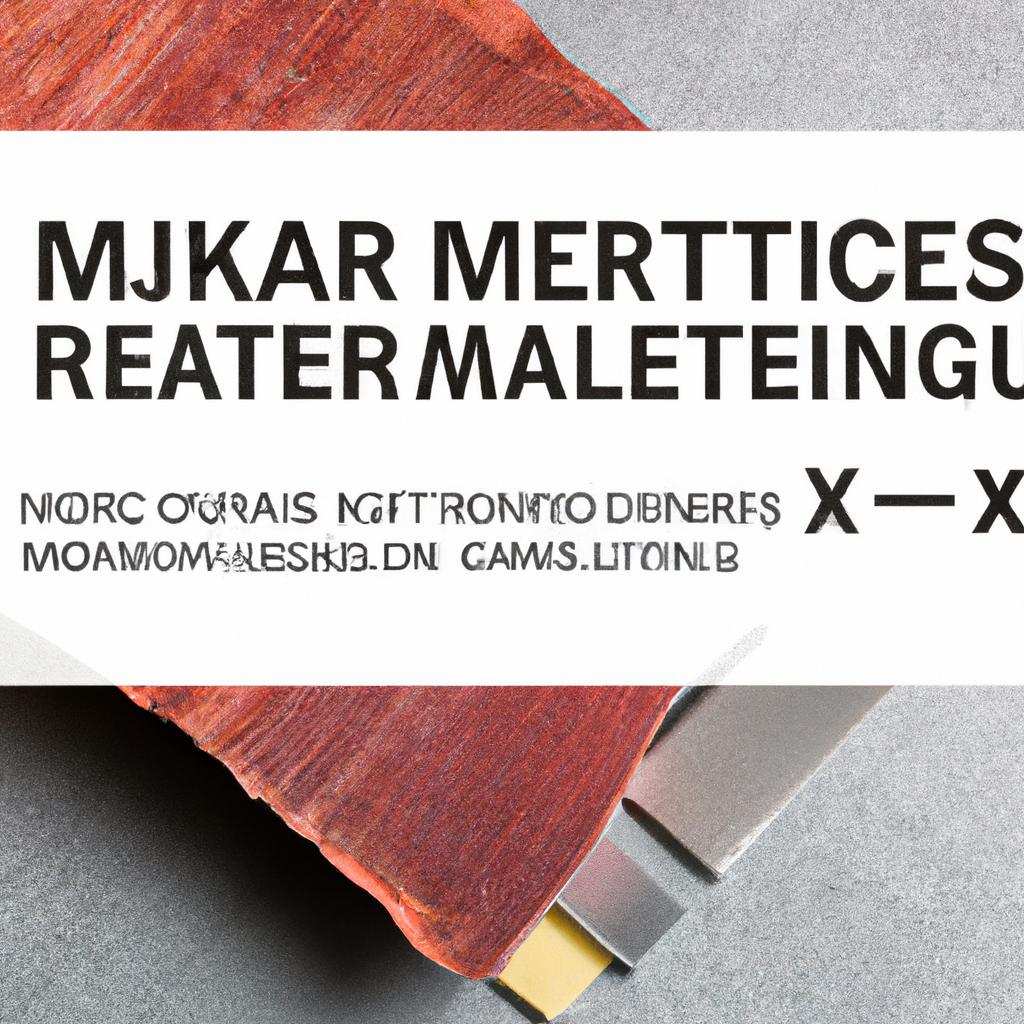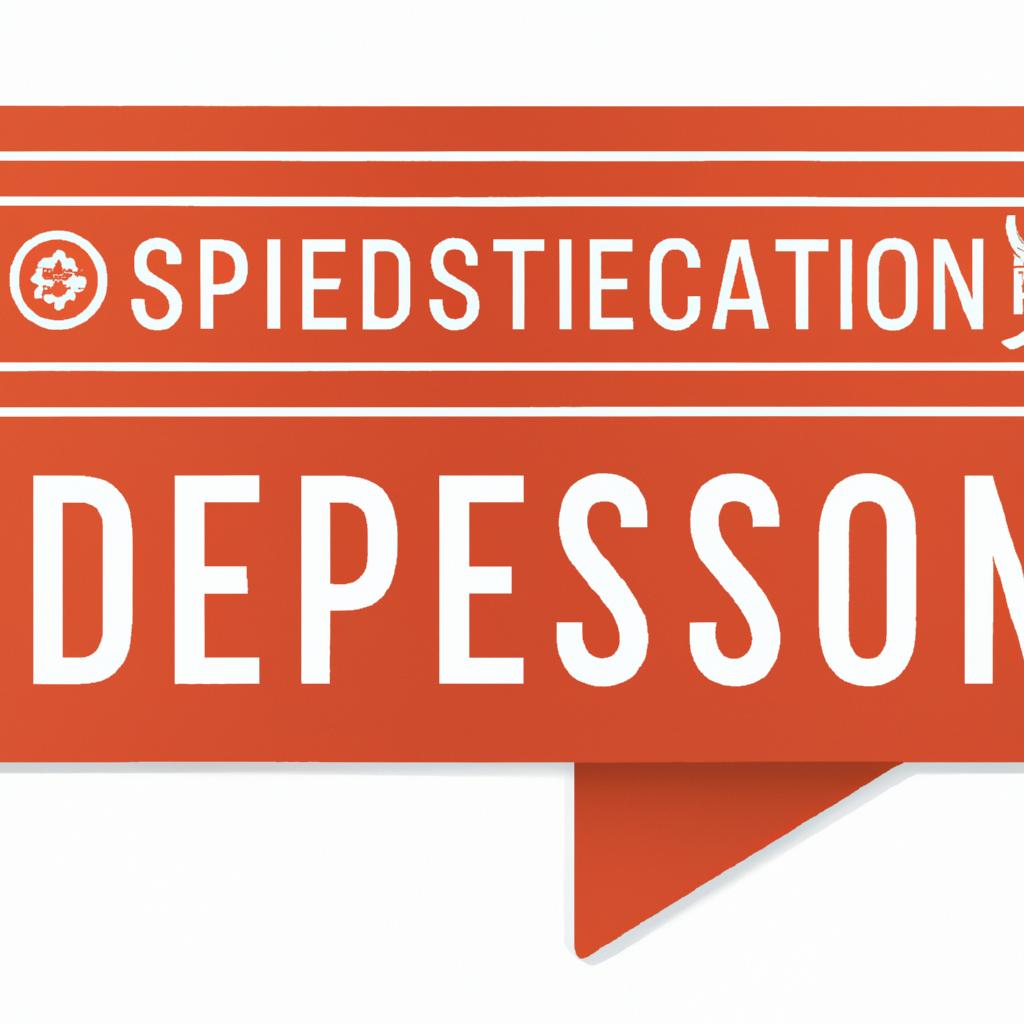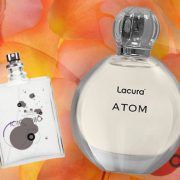
In today’s fast-paced consumer landscape, where choices abound and trends shift with lightning speed, smart shopping has evolved into an art form. The plethora of products available at our fingertips can be both exhilarating and overwhelming, raising an essential question: How do we ensure that our purchases meet the promise of quality? From high-tech gadgets to everyday essentials, the allure of sleek marketing and vibrant packaging can sometimes obscure the true value of what lies beneath. This article invites you to embark on a journey through the essential tips and strategies for evaluating product quality before you make your next purchase. Armed with the right knowledge and tools, you’ll discover how to confidently sift through the noise and find value that resonates with your needs and expectations. Let’s navigate the world of smart shopping together, ensuring that every investment you make is not just a purchase, but a step towards smarter living.
Mastering Material Matters: How to Assess Durability and Craftsmanship
When navigating the world of shopping, understanding the intricacies of product durability and craftsmanship can significantly enhance your decision-making. Begin by examining the materials used in the product; they often hold the key to longevity. Consider the following points:
- Material Composition: Look for high-quality materials such as genuine leather, solid wood, or robust metals that withstand wear and tear.
- Construction Quality: Check for seams and stitching—double stitching or reinforced seams typically indicate a stronger build.
- Finish and Texture: A smooth, blemish-free finish can be an indicator of meticulous craftsmanship and attention to detail.
It’s also crucial to evaluate the brand’s reputation regarding durability. Research customer reviews and warranty policies to glean insights into the product’s reliability over time. You might find it helpful to compare various brands’ offerings based on craftsmanship:
| Brand | Material Used | Warranty Period |
|---|---|---|
| Brand A | High-grade Aluminum | 10 Years |
| Brand B | Real Leather | 5 Years |
| Brand C | Solid Oak | Lifetime |

Decoding Labels: Understanding Product Descriptions and Certifications for Informed Choices
When shopping, especially in a world flooded with options, the power of product labels and descriptions cannot be overstated. Savvy shoppers know that understanding what’s written on the packaging can make all the difference. Look for key terms that define quality, such as **”organic,” ”non-GMO,”** and **”fair trade.”** These certifications often indicate that a product has met specific standards and regulations, which can enhance its value and impact on both personal health and the environment. Additionally, dig deeper into the descriptions. A well-written product description will often include not just features, but also benefits, manufacturing processes, and proper usage instructions that can guide your purchasing decision.
However, not all labels are created equal. A thorough approach involves scrutinizing the certification symbols and brands associated with a product. Familiarize yourself with the most reputable certification bodies to differentiate between genuine quality markers and those that may merely be clever marketing strategies. Here’s a quick reference table showcasing some common certification symbols and their meanings:
| Symbol | Certification | Meaning |
|---|---|---|
| 🌱 | USDA Organic | At least 95% organic ingredients |
| 🐑 | Fair Trade Certified | Ethically sourced with fair wages |
| 🔄 | Recyclable | Packaging can be recycled after use |
| 🌍 | Carbon Neutral | Net-zero carbon emissions from production |
By becoming adept at decoding these labels, you can confidently navigate the aisles and make informed decisions that align with your values and needs. Remember that each certification tells a story about the product’s journey from farm to shelf. Make those stories part of your shopping narrative, ensuring that every purchase not only meets your expectations but also contributes positively to the broader community and environment.
Insights and Conclusions
In a world overflowing with options, navigating the complex landscape of product quality is more important than ever. As we’ve explored throughout this article, informed decision-making is your greatest ally in the pursuit of excellence in your purchases. By employing the essential tips we’ve outlined—ranging from scrutinizing materials and construction to leveraging reviews and comparisons—you can transform your shopping experience into one of confidence and satisfaction.
Remember, smart shopping doesn’t solely rely on price tags; it also involves understanding value. As you embark on your next shopping adventure, carry these insights with you and empower yourself to make choices that stand the test of time. Quality products enhance our lives, and by committing to thoughtful evaluation, you not only elevate your own experience but also contribute to a marketplace that values durable and purposeful goods.
So, the next time you find yourself faced with the enticing array of options, take a moment to pause, reflect, and apply these tips. it’s not just about what you buy, but the lasting impact those purchases have on your life—and the world around you. Happy shopping!
















